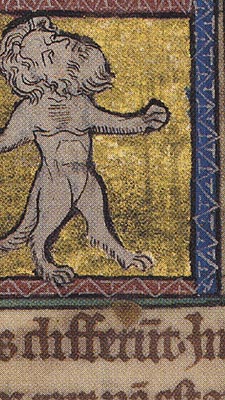
Manuscript Facsimiles
![]()
The unique manuscripts featured in this exhibition offer students and
scholars an exceptional opportunity to learn from authentic medieval artifacts.
But, while nothing can replace the experience of working with originals,
quality facsimile editions of manuscript books are equally important to
research and teaching. Since process color printing became possible in
the mid-19th century, publishers have produced thousands of medieval manuscript
facsimiles. These "imitation" manuscripts broaden access to
some of the chief works of the medieval period, without requiring scholars
to travel long distances to view originals in the world’s great
libraries and museums. Today, high quality facsimile editions are photo-mechanically
produced with close attention to accuracy and detail, and are quite costly.

Copyright
© 2002 Division of Rare & Manuscript
Collections
2B Carl A. Kroch Library, Cornell University, Ithaca, NY, 14853
Phone Number: (607) 255-3530. Fax Number: (607) 255-9524
For
reference questions, send mail to:
rareref@cornell.edu
If you have questions or comments about the site, send mail to: webmaster.